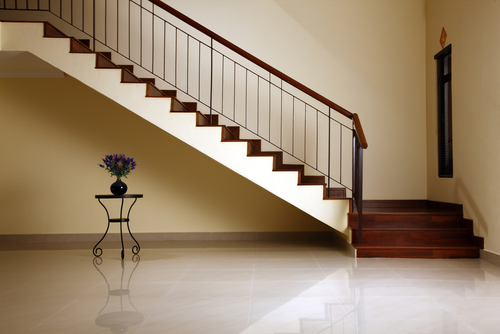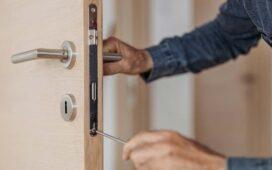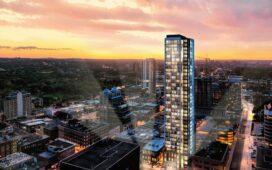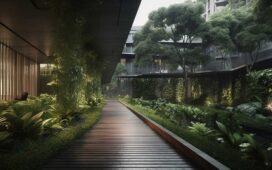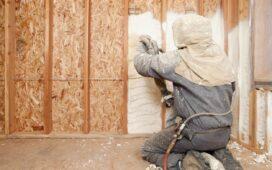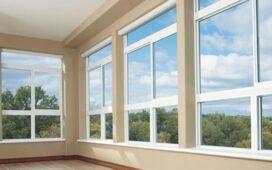Have you been fascinated by the elegant wooden staircases in old houses? Considering the classy and elegant look they lend to homes, how can one not be. From pleasing shades of brown to beautiful designs, a wooden staircase is an excellent addition to your home.
However, it is not just about the stairs when thinking about wooden staircases. The handrail on a spindle-like structure called wood balusters also takes the spotlight.
Balusters have long been an essential part of wooden staircases. They can provide you with a simple feel of elegance or can be customized for grandeur. But when you think about the many types and shapes they come in, it can be easy to feel spoilt with choices.
If you want some help reasoning out which baluster design is best suited for your wooden staircase, this article is for you.
Design
Wood balusters come in all kinds of designs. These spindles do more than support a handrail, from simple cuboids of wood to complex geometric designs. They add to the aesthetics of your house. So, it is essential to choose the perfect design that matches the vibe you are going for.
Some things to consider when choosing a design for your wooden staircase are:
- The bordering baluster
Balusters at the ends of the staircase play a considerable role in how people perceive your staircase. If you are going for simple balusters, the first and last will be more emphasized than the others. However, if you choose geometric designs or thicker balusters, they merge into the background, and the attention is divided throughout the handrail’s length.
- Modern looks
Taking traditional elements and incorporating them with a modern feel is the trend. Why not do the same with your staircases? Making the first 2 or 3 steps wider than the rest and starting the handrail after those can lend a flowing feel to your staircases. You can use simple and short balusters painted in black or white for the perfect modern look.
- The traditional look
While the modern feel is beautiful, nothing beats the original. A long staircase with dark, thin balusters makes you feel like you are descending from a tower. Or you can go for a spiral staircase and stump-like wood balusters for a palace-like feel.
Types of wood
There are different kinds of wood you can use for making balusters:
- Red Cedar
- Ipe wood
- Mahogany
- Walnut
- White oak
- Red oak
The type of wood you use affects both looks and longevity. When installed correctly and maintained well, red cedar balusters last 30 years or longer. Ipe wood balusters are costlier due to lack of availability. But they last up to 50 years.
Installation
Wood balusters are easy to install, and they give your staircase a classy look. Follow these steps to get the perfect handrail:
- Place the newel posts. Measure the distance between them and cut your handrail accordingly. Place the bottom rail between the two posts and fix it gently.
- Place 3.5-inch screws into the pre-drilled holes and drive them in tightly. This step secures the bottom rail to the newel posts. Then, put glue in the hole and hammer in 0.5-inch wooden furniture buttons.
- Put glue in the other holes and fix one baluster at a time.
- Finally, fit the handrail into place. Use nails and glue as required to fix the handrail properly.
In conclusion
Choosing suitable wood balusters is essential for the aesthetics of your home. They play a huge role in determining the look and feel of your staircase. Be sure to choose the type of wood wisely for your staircase’s longer lifetime.

